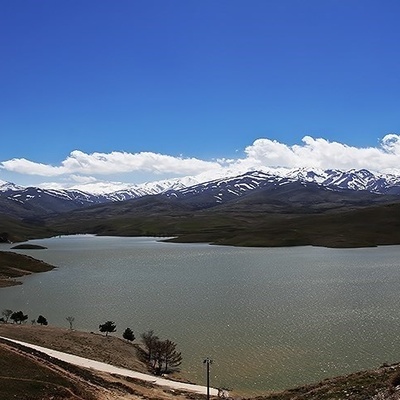Qanavis weaving is a type of textile weaving. We will examine this art. Stay with Saadnews.

Qanavis weaving is a type of textile that was woven in the past. Unfortunately, it is no longer woven today. In ancient writings, Qanavis fabric is attributed to the Khorasan region, but today it is woven in Yazd, which is famous for its wind towers. According to Dehkhoda's dictionary, Qanavis is a type of simple silk fabric, mostly red in color. This weaving is a form of fabric production in the textile industry.
Qanavis weaving is only done in Yazd and a few neighboring cities such as Meybod and Taft. This type of textile weaving was once very popular and thriving, but unfortunately, it has now completely faded and disappeared. In that era, various colors were used to weave this fabric, with red being the dominant color. One of the most important features of Qanavis weaving was the use of various colors. The fabric's background color was one, and then parallel lines were woven on it, closely spaced together. Generally, the color of these lines contrasted with the background color of the fabric. This fabric was narrow and was used by the weavers of Yazd as a lining for clothes.

History of Qanavis weaving Qanavis was a cotton fabric with a narrow width, and its peak of weaving occurred during the reign of Mohammad Shah and the early years of Nasser al-Din Shah. The fabric had a background with narrow stripes spaced closely together. The color of these stripes and lines was different from the background color of the fabric. In fact, the color used in these stripes was not used in the background. The weaving of this fabric was common in the past, but today no one weaves it anymore.
Qanavis is a fine silk fabric from the wind tower city of Yazd. It is a simple silk fabric, mostly red in color. This beautiful fabric was woven on simple two-shuttle weaving machines, and most housewives skillfully wove it. They used synthetic silk threads for weaving, and it was used as a lining for clothing. This fabric was woven in widths of 80x90 cm. In the past, for a fabric width of 70 cm, 30 threads were used, and for a width of 90 cm, 42 threads were used. A weaver often wove six pieces a day.
Colors used in Qanavis weaving Naturally, during the period when Qanavis was woven, the dyeing industries of today were not available to dye the threads used in this weaving art. Therefore, natural materials were used to extract the desired colors and dye the threads. Some of the information that remains about the sources of colors from that period includes:
Madder for making orange and red colors
Henna leaves for making red and brown colors
Mulberry root for making yellow colors
Turmeric for making dark yellow
Mulberry leaves for making light yellow
Pomegranate skin for making brown and gray colors
Oak bark for making reddish-brown colors
Sumac leaves for making red and brown colors
Lilac for making purple and red colors
Saffron for making blue and dark blue colors
Walnut bark for making brown and gray colors
Vine leaves for making light yellow
Tea leaves for making yellow and brown colors
Branches of the Baghim tree for making purple and black colors
Poppy seed husks for making brown colors
Apple tree bark for making brown and yellow colors

Naturally, the creation of these beautiful and diverse colors, and the use of beautiful colored threads in Qanavis, helped enhance the beauty of this silk fabric.
These handicrafts are the result of the creativity and artistry of the weavers from Yazd, who, due to neglect of the old textile industry, have lost the enthusiasm for weaving this art. The extinction and disappearance of this weaving art have led to silence in the workshops and even in the homes of Yazd's wind tower city. This art is one of the oldest and most authentic textile arts of Yazd, reflecting the identity, history, customs, and culture of this city and region. However, this does not mean that this weaving art cannot be revived. Reviving this art requires a little effort, hard work, and support from the authorities.

